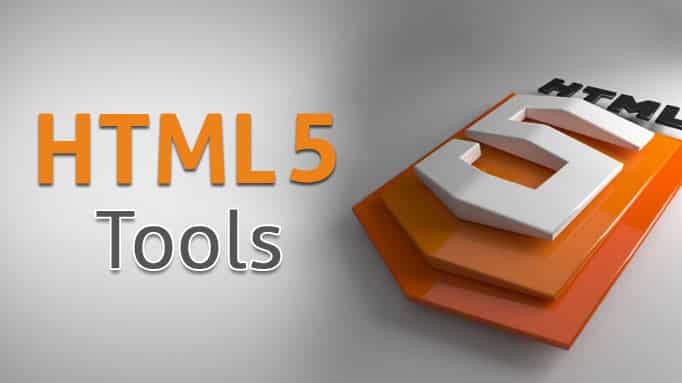88YTY News Hub
Stay updated with the latest trends and news.
HTML5 Magic: Crafting Web Wonders with Ease
Unleash your creativity! Discover the magic of HTML5 and transform your web projects into stunning, interactive experiences with ease.
Understanding the Core Features of HTML5: What Makes It Magical?
HTML5 revolutionizes web development by introducing a range of powerful features that enhance user experience and streamline coding practices. One of its core features is the semantic markup, which allows developers to use HTML elements that clearly define their purpose, such as <header>, <footer>, and <article>. This improved structure not only makes the web more accessible for users with disabilities but also helps search engines better understand the content of web pages, thereby boosting SEO performance.
Another magical aspect of HTML5 is its support for multimedia elements without the need for external plugins. With the introduction of the <audio> and <video> tags, developers can easily embed rich media content directly into their websites. This feature not only simplifies code but also enhances the overall user engagement by providing a seamless experience. Moreover, the Canvas API in HTML5 allows for dynamic graphics and animations, empowering developers to create interactive applications that captivate users and keep them coming back.

10 Exciting HTML5 APIs to Transform Your Web Development Experience
HTML5 has revolutionized web development by introducing a variety of APIs that enhance functionality and user experience. From multimedia to graphics, these APIs allow developers to create interactive and engaging applications without relying on third-party plugins. Here are 10 exciting HTML5 APIs that can truly transform your web development experience:
- Canvas API - Enables dynamic, scriptable rendering of 2D shapes and bitmap images.
- Web Storage API - Provides storage for web applications, allowing data to persist in a way that is more efficient than traditional cookies.
- Geolocation API - Allows users to share their location with the web application securely.
- Web Workers API - Facilitates running scripts in background threads, improving performance by offloading processing tasks.
- Drag and Drop API - Simplifies the implementation of drag-and-drop functionality in web applications.
- WebSocket API - Enables real-time communication between clients and servers through a persistent connection.
- Audio and Video APIs - Provide support for embedding audio and video content seamlessly.
- Service Worker API - Allows developers to intercept network requests and cache responses, enhancing performance and enabling offline capabilities.
- Media Devices API - Gives access to media input devices like cameras and microphones.
- Web Notification API - Enables web applications to send notifications to users even when the application is not active.
How to Create Stunning Animations with HTML5 and CSS3
Creating stunning animations with HTML5 and CSS3 is more accessible than ever, allowing web developers and designers to enhance their projects with engaging visual effects. To get started, you'll want to familiarize yourself with the core concepts of CSS3 animations, such as keyframes, which define the start and end points of an animation along with any intermediate steps. You can easily create basic animations by defining your @keyframes and applying them to your HTML elements using the animation property. Here's a simple example of how to create a bouncing ball effect:
To create the bouncing ball animation, use the following CSS code structure:
@keyframes bounce {
0%, 100% {
transform: translateY(0);
}
50% {
transform: translateY(-50px);
}
}
.ball {
width: 50px;
height: 50px;
background-color: red;
border-radius: 50%;
animation: bounce 1s infinite;
}By mastering these techniques and experimenting with various CSS3 properties, you can create animations that captivate your audience and elevate your website’s user experience.